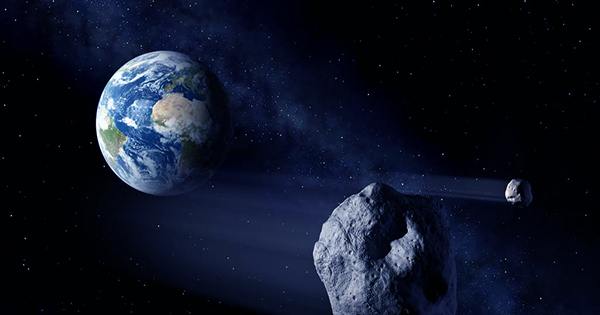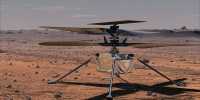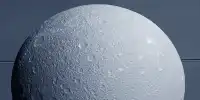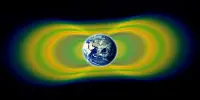Asteroids that linger close to a planet, such as near-Earth asteroids, are known as quasi-satellites. The origins of quasi-satellites are unknown. Kamo’oalewa, a very unusual space rock, never gets closer to us than 100 times the distance to the Moon, but a recent study suggests it was originally a portion of the Moon, apparently blown away by an asteroid impact. Kamo’oalewa, also known as 2016 H03, was found in Hawaii using the PanSTARRS telescope. Because it is barely 55-60 meters (150-190 feet) wide, it is difficult to investigate. Its orbit only allows it to be seen for a portion of April each year, and then only with extremely big telescopes.
Ben Sharkey, a student at the University of Arizona, studied the spectrum of Kamo’oalewa and discovered that it was unlike any other asteroid ever seen. However, he claims in Communications Earth and Environment that there is just one known object with the same spectrum as the Earth, and that is the only location humans have been outside it. The spectrum of Kamo’oalewa appears to be comparable to that of silicate asteroids at first glance, but when Sharkey and co-authors utilized longer exposure periods, they discovered that its spectral slope distinctly skewed to the red. After discounting out asteroids with high iron content, the authors discovered that the only match they could locate was specific rocks on the Moon’s surface.
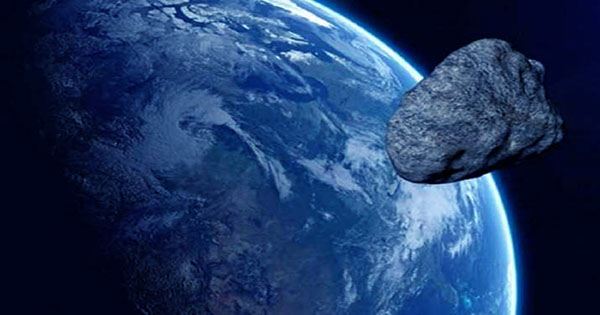
We do not know enough about Kamo’oalewa to be certain of its roots, according to the article. “We questioned ourselves to death,” co-author Dr. Vishnu Reddy said in a statement. However, meteorites that pushed off the Moon in collisions have been discovered, indicating that such things might exist. Furthermore, Kamo’oalewa’s spectra and orbit indicate that it pushed off the Moon when a bigger object collided with it. “With the moon, it’s easier to describe than with other things,” Sharkey added. Last year, three smaller objects were discovered with orbits that were similar enough to Kamo’oalewa to suggest they were all fragments of a bigger asteroid.
Only five quasi-satellites have been confirmed, but because they were discovered so recently (the first in 2004), many more are likely to be discovered. Most quasi-satellites have highly unstable orbits, having previously been regular near-Earth asteroids and reverting to that status after a few years or decades of proximity to Earth. Kamo’oalewa, on the other hand, is steadier. After 100 years, it has anticipated to preserve its quasi-satellite status for another 300 years.
Previously, Kamo’oalewa, whose name derives from a Hawaiian creation chant and alludes to an independent offspring, had a “horse-shoe shaped course” with an orbital diameter that alternated between being somewhat shorter and longer than our own.
Kamo’oalewa has a relative velocity 10 times lower than most near-Earth objects in relation to the Earth-Moon system, even during these more distant periods. Sharkey and co-authors discovered Kamo’oalewa spins every 28.3 minutes when investigating its composition; any future trips there should be prepared for some major motion sickness.
